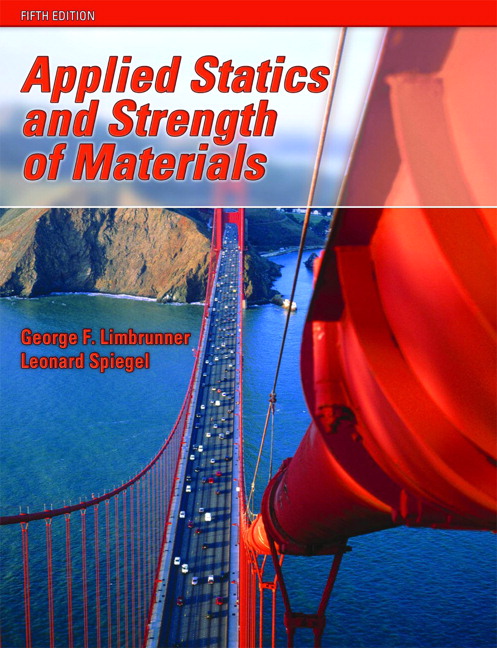In this study, we propose a time-dependent Susceptible-Exposed-Infected-Recovered (SEIR) model for the analysis of the SARS-CoV-2 epidemic outbreak in three different countries, the United States of America, Italy and Iceland using public data inherent the numbers of the epidemic wave. Since several types and grades of actions were adopted by the governments, including travel restrictions, social distancing, or limitation of movement, we want to investigate how these measures can affect the epidemic curve of the infectious population. The parameters of interest for the SEIR model were estimated employing a composite likelihood approach. Moreover, standard errors have been corrected for temporal dependence. The adoption of restrictive measures results in flatten epidemic curves, and the future evolution indicated a decrease in the number of cases.
翻译:在这项研究中,我们提出了一个基于时间的可感知-受开发-受感染-复苏模型,用于分析三个不同国家,即美利坚合众国、意大利和冰岛的SARS-COV-2流行病爆发情况,使用与流行病波数固有的公共数据分析该流行病爆发情况,由于政府采取了几种类型和等级的行动,包括旅行限制、社会疏远或行动限制,我们想调查这些措施如何影响传染人口的流行病曲线。SEIR模型的利害参数采用综合可能性方法估算。此外,对时间依赖性的标准错误进行了纠正。采取限制性措施的结果是流行病曲线平坦,而今后的演变表明病例数量有所减少。





